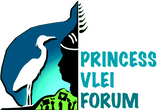|
What kind of stories do rivers tell? These living water systems are always changing, but they carry the marks of history on their banks. On 27 March I had the chance to follow the Diep River from close to its source, to where it opens into the Little Princess Vlei. This trip was organised by various partners involved in the Source to Sea project, which is exploring integrated and proactive ways to manage river corridors, and is looking at creating a trail along the Diep River as part of this project. Once, this water system was connected to Princess Vlei and the othervleis in the area through an extensive network of seasonal watercourses and wetlands, but as the map below shows, these water flows have been interrupted by human activity. Humans have had much impact on the course of this river, as my journey revealed. The Diep River forms a thin, unbroken blue line on this map, but following it is not as straightforward as it looks here. 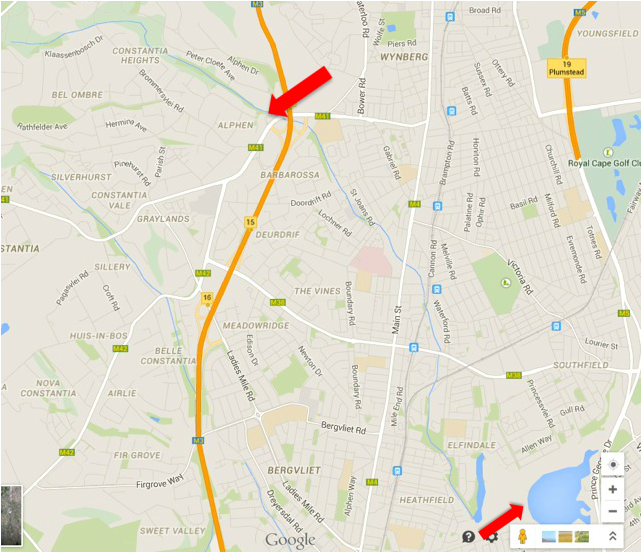 The river 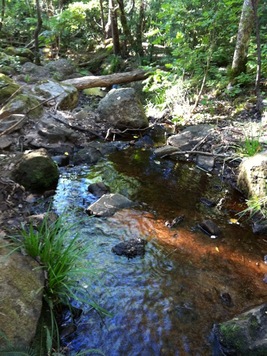 1 The river originates on the mountain and runs through Cecilia Forest in a beautiful stream 2 It flows through the Constantia Green Belt, alongside the Alphen trail. We joined it opposite the Alphen Hotel, which has been owned by the Cloete family for generations. Alex and Nicky Cloete-Hopkins told us how the river used to drive a water wheel at a small mill, which can be seen here. Successive flooding led to them creating stone gabions to hold the river banks. 3 It offers a restful refuge to passers by, before going under the 4 lane M3 high way.
24 At last we reach the shores of the Little Princess - the waters will move through here, and then onto Zandvlei. The Little Princess Vlei's big sister lies a few hundred meters away, separated by sand dunes. Perhaps one day, these two sisters will be united again, and the water system will be restored to make a beautiful trail from Source to Sea.
3 Comments
|
AuthorPosts by Bridget Pitt unless otherwise stated. Archives
December 2015
Categories |
|
Want to Get Involved?
|

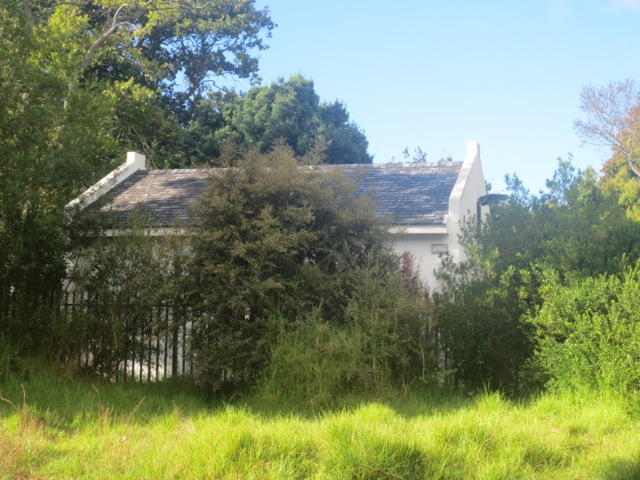
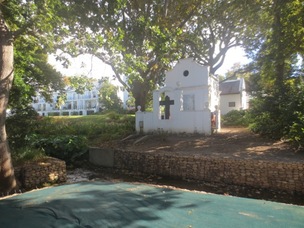
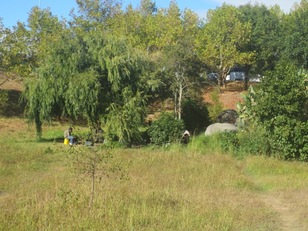
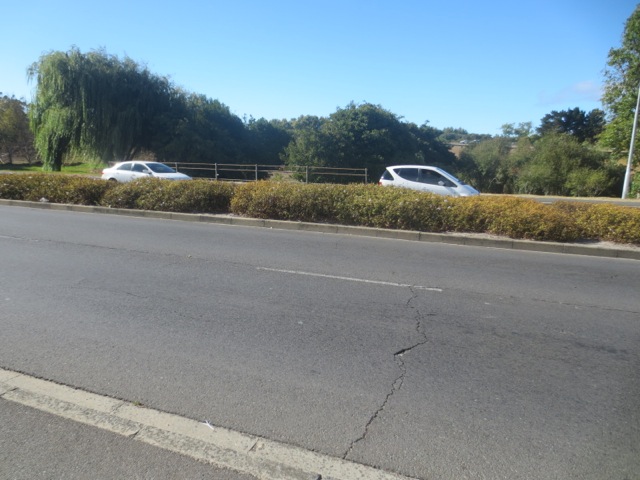
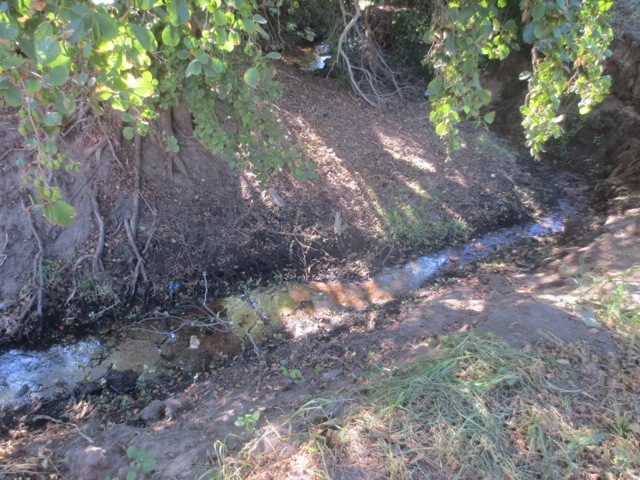
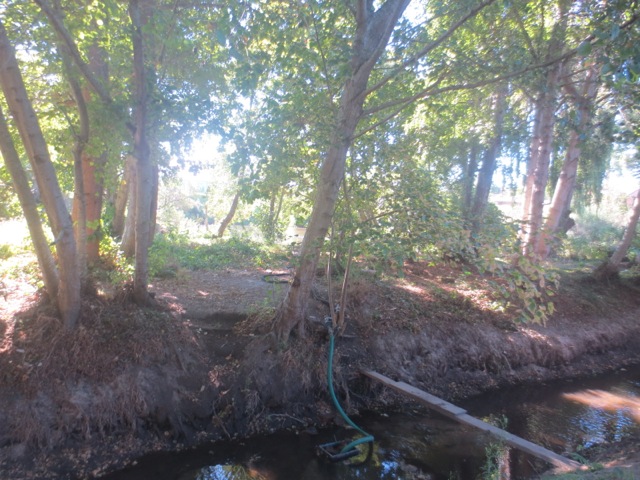
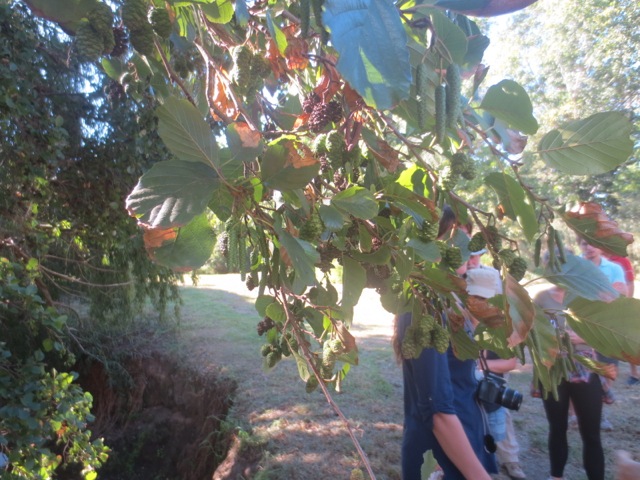
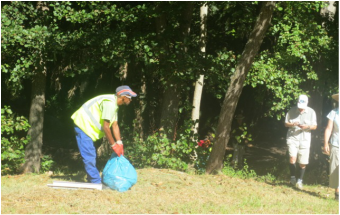
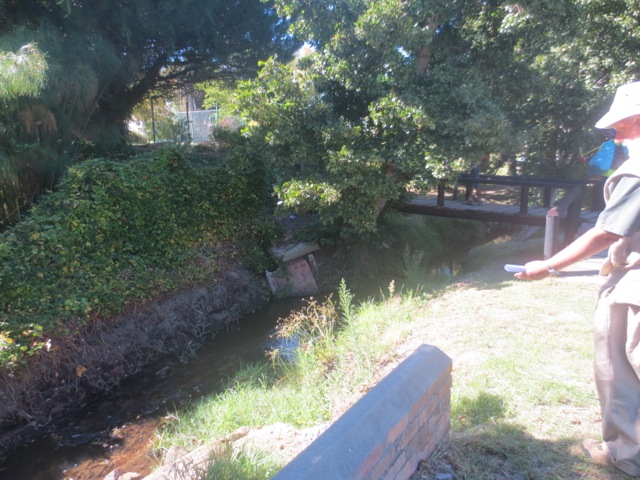
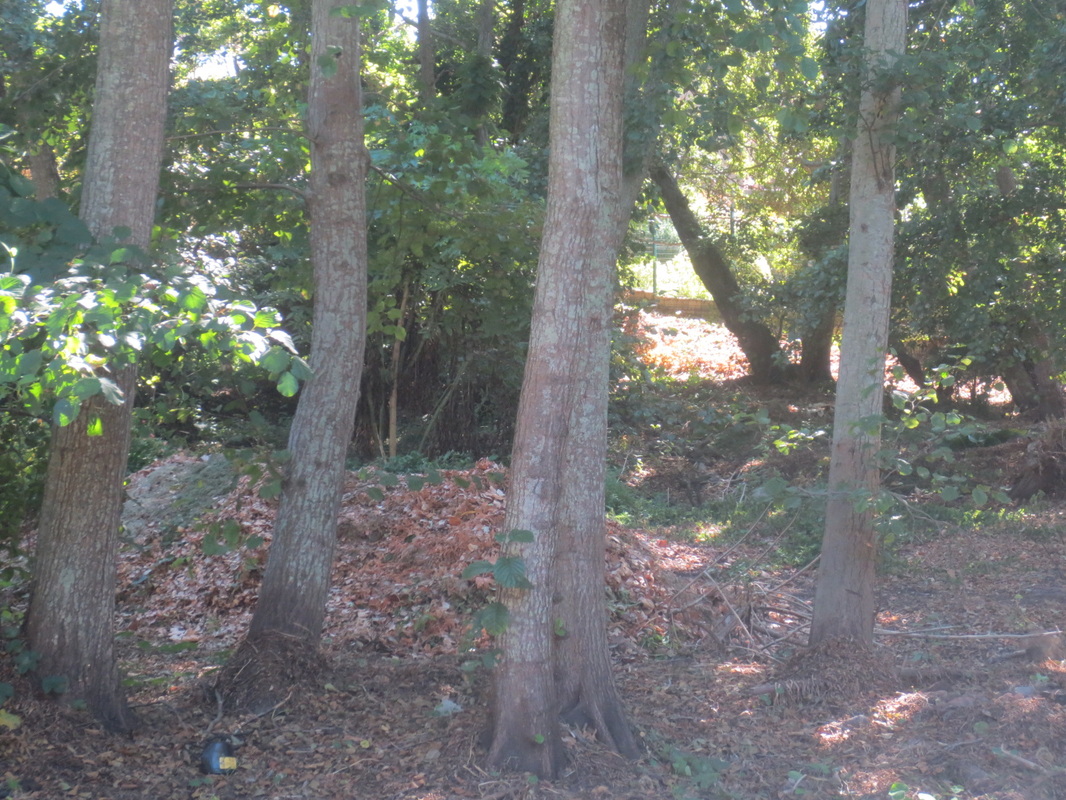
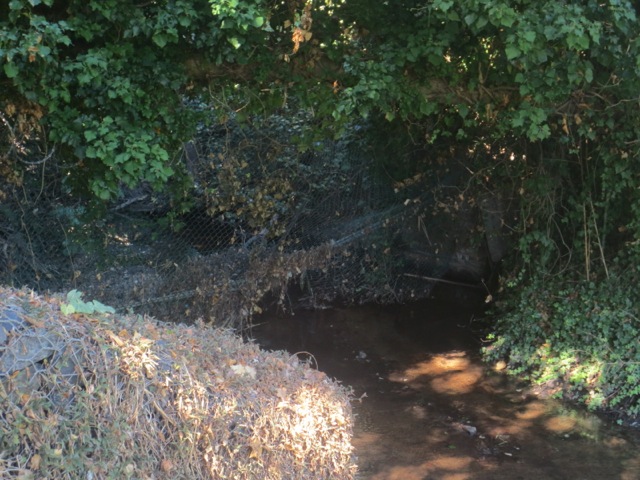
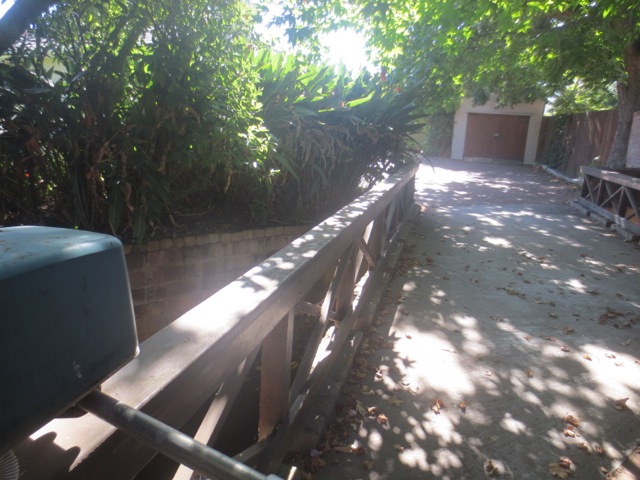
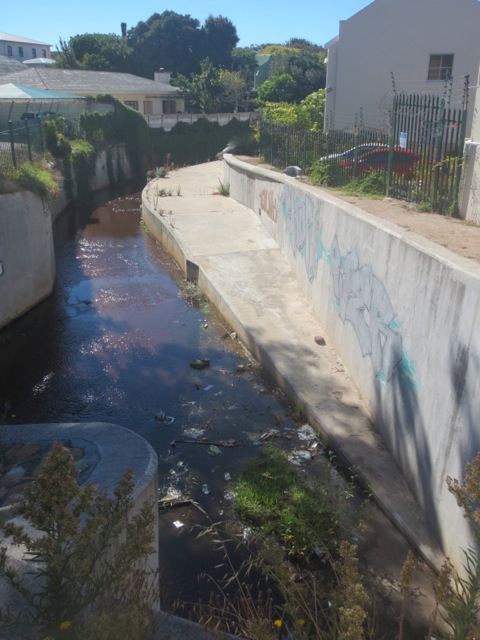
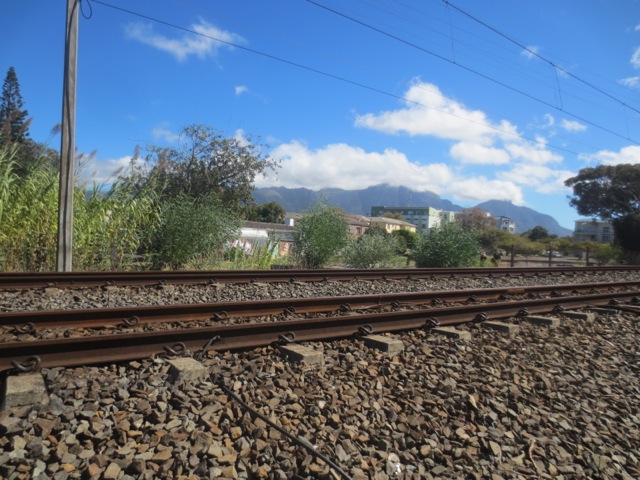
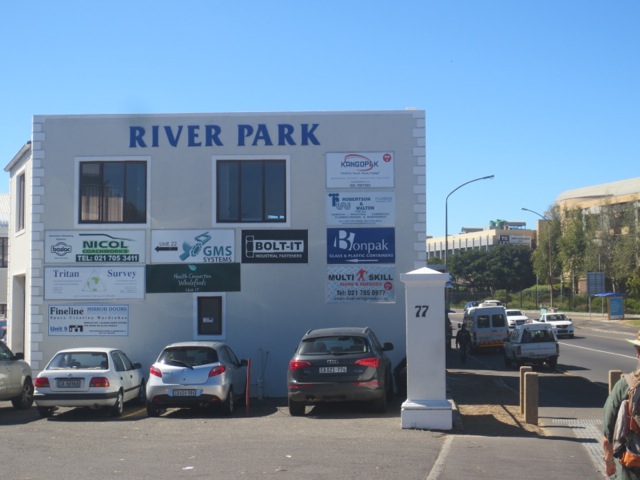
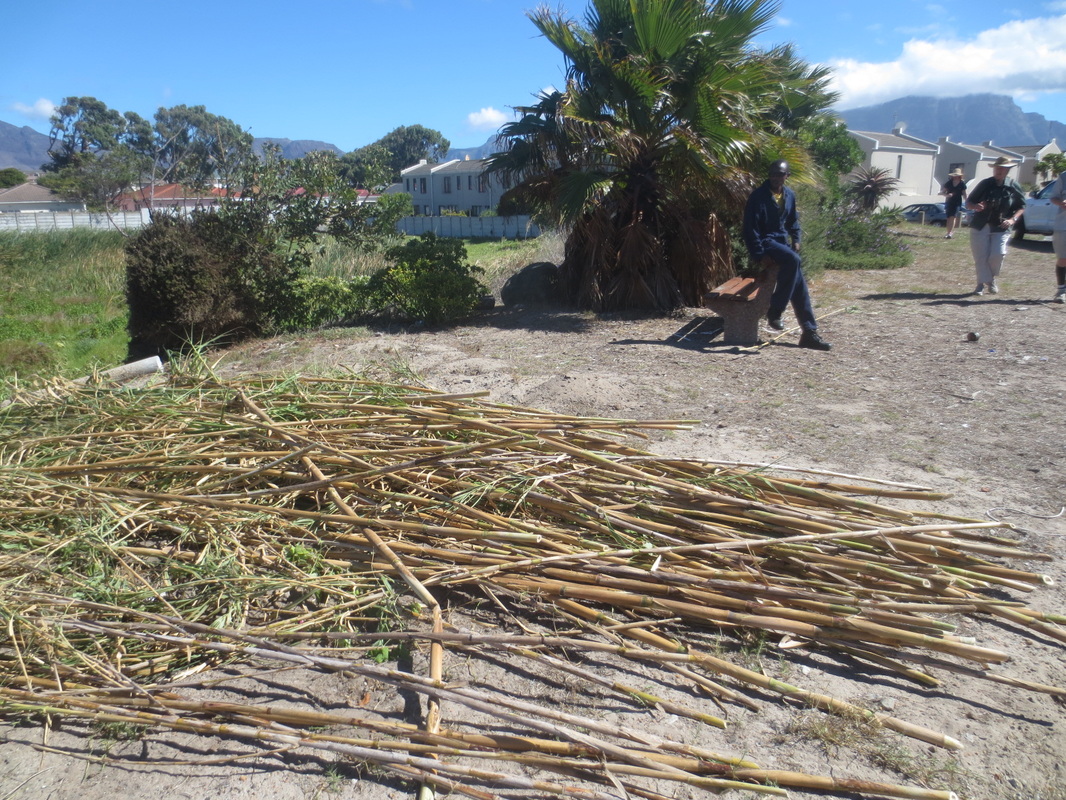
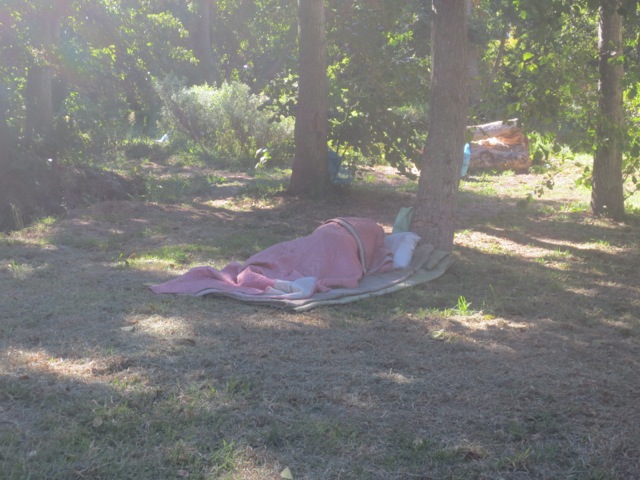
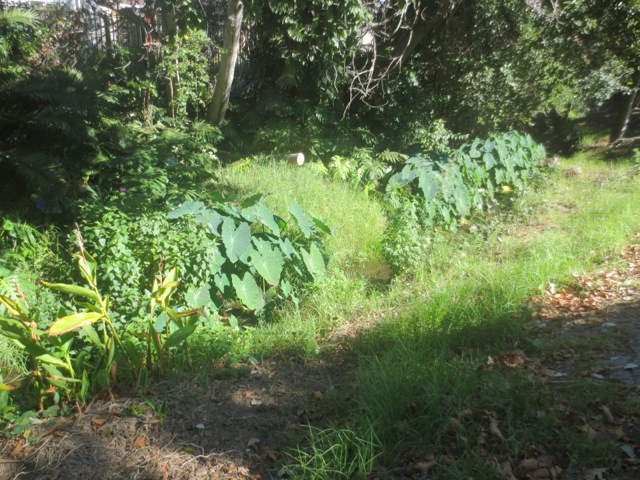
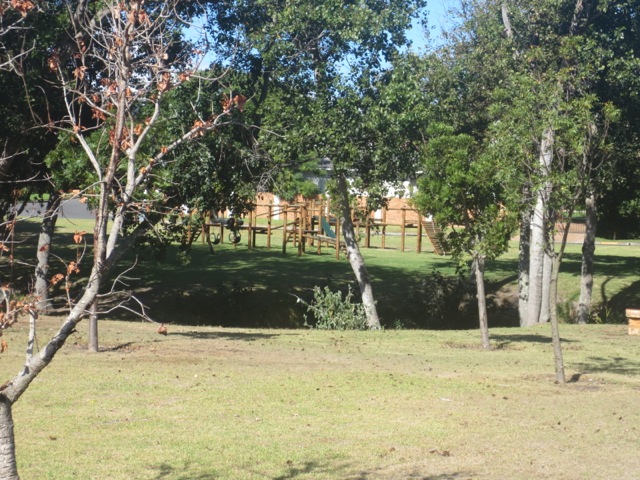
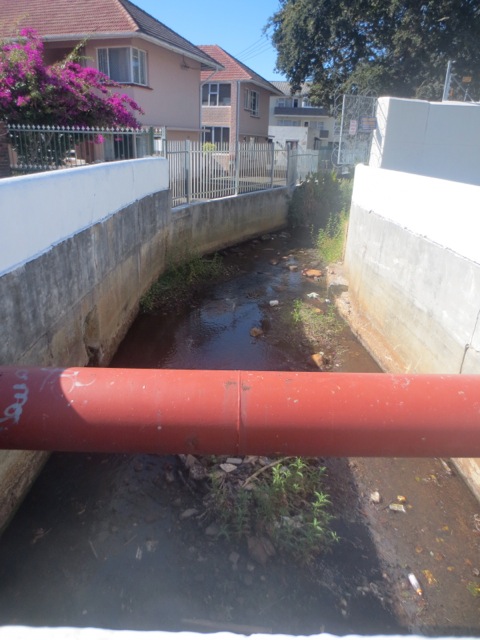
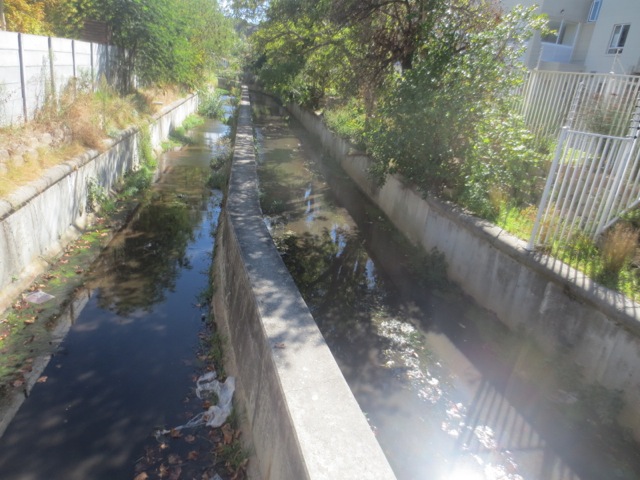
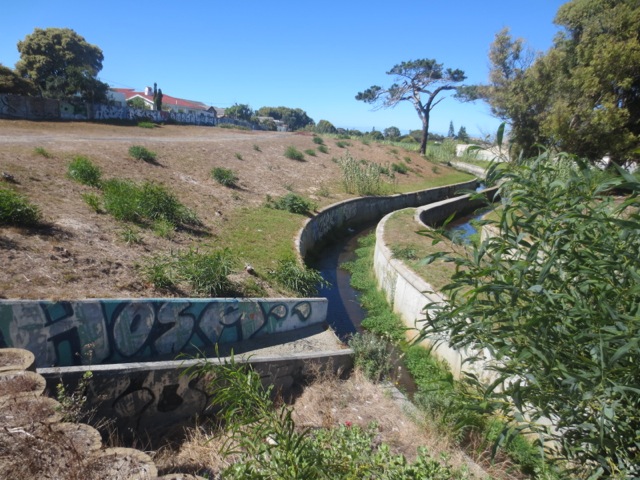
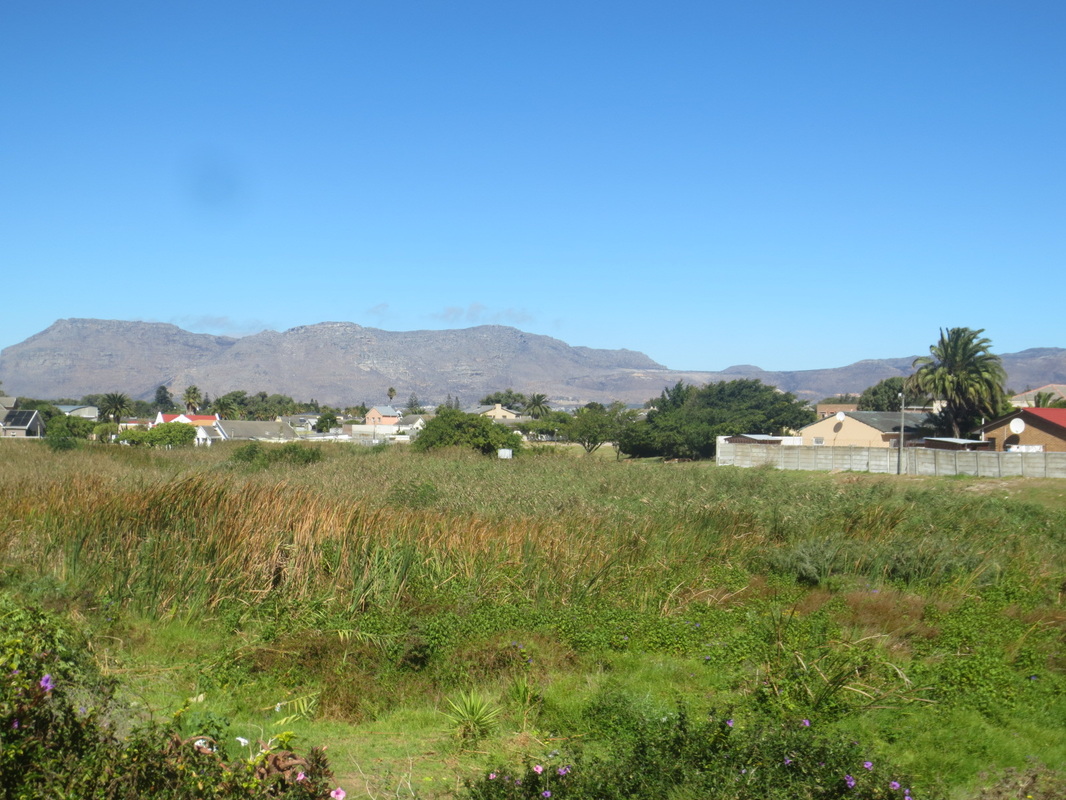
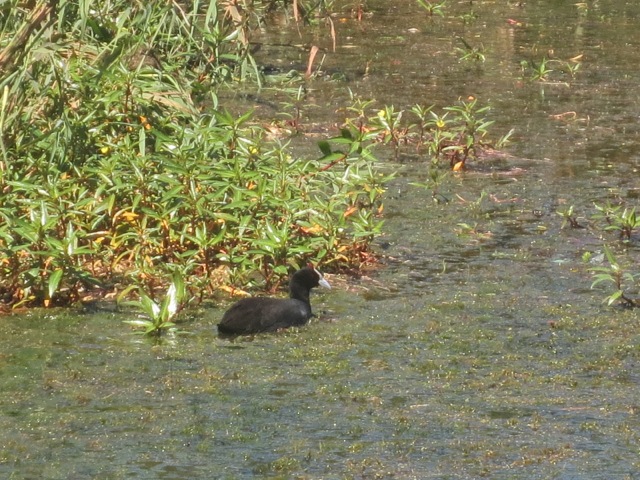
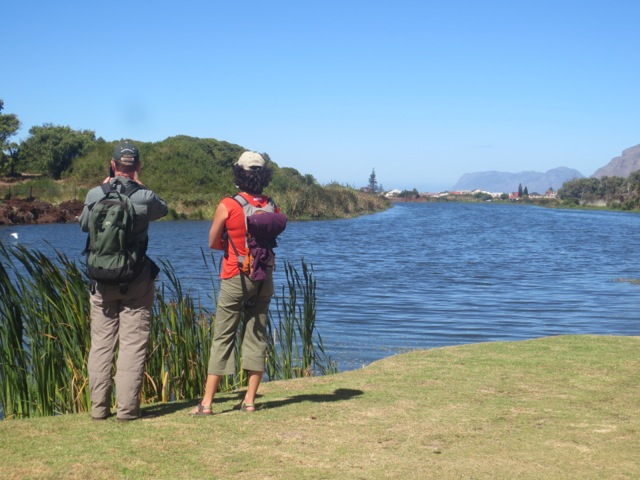
 RSS Feed
RSS Feed
